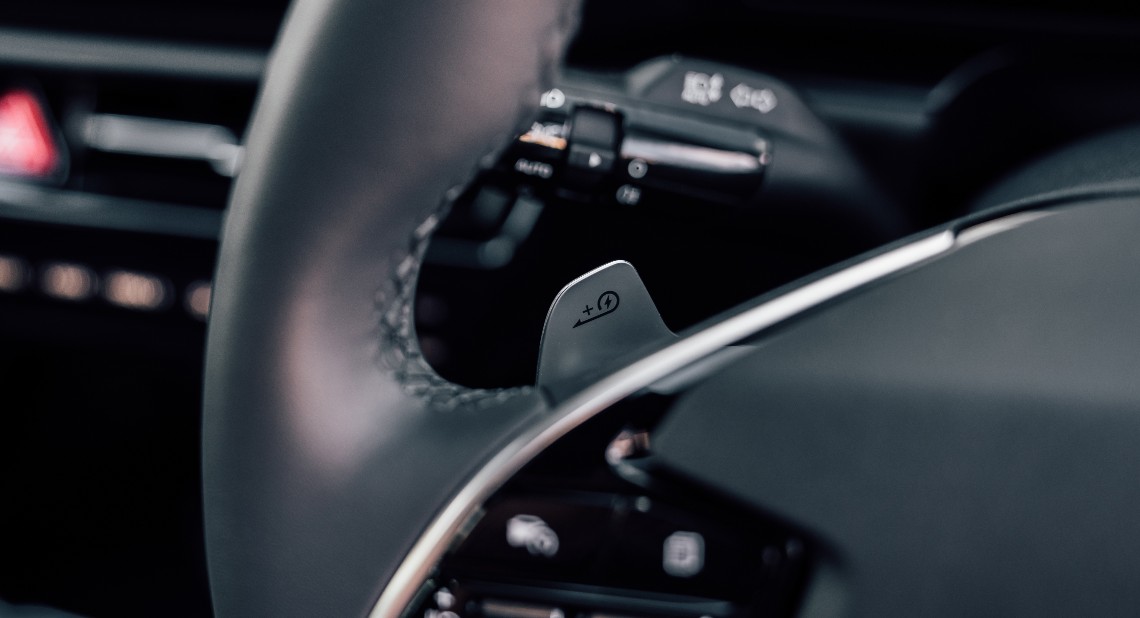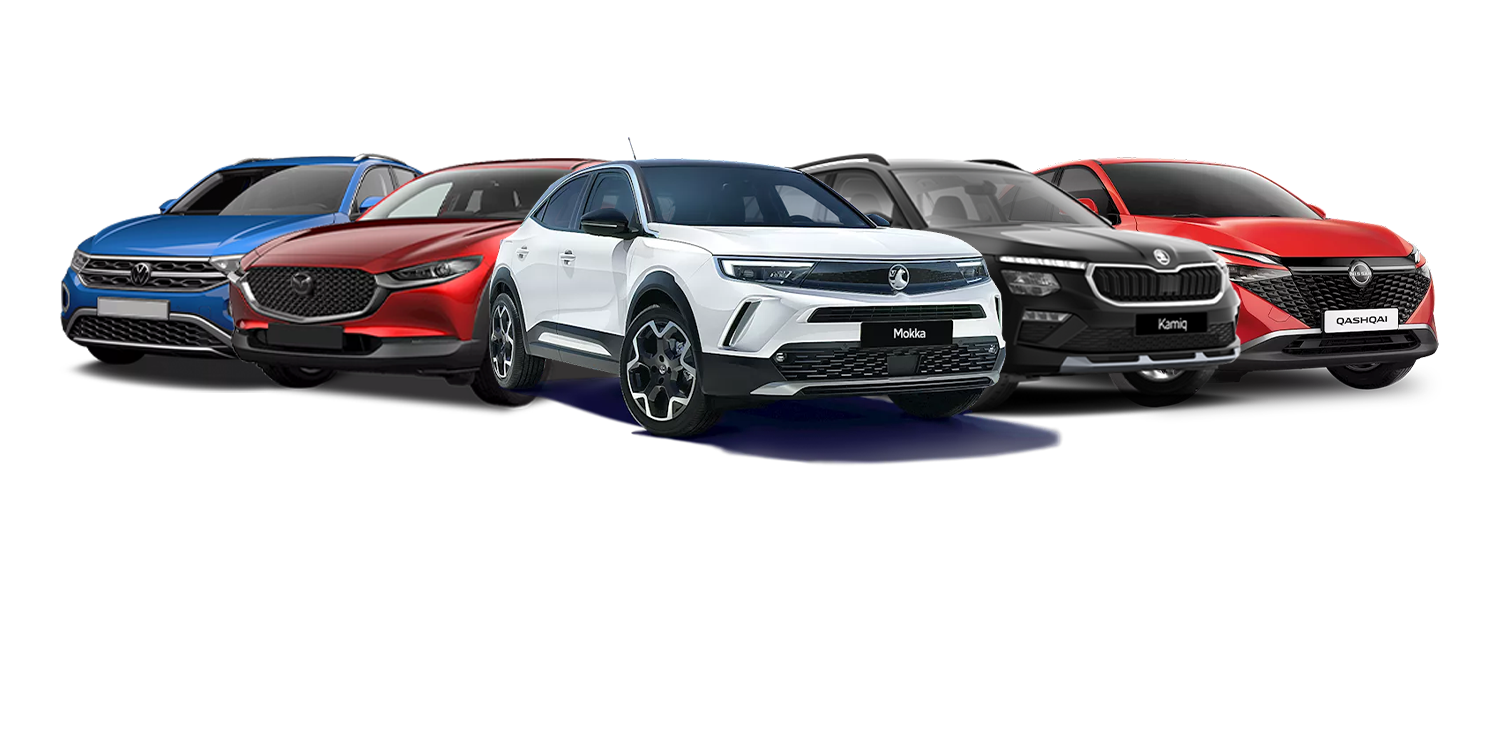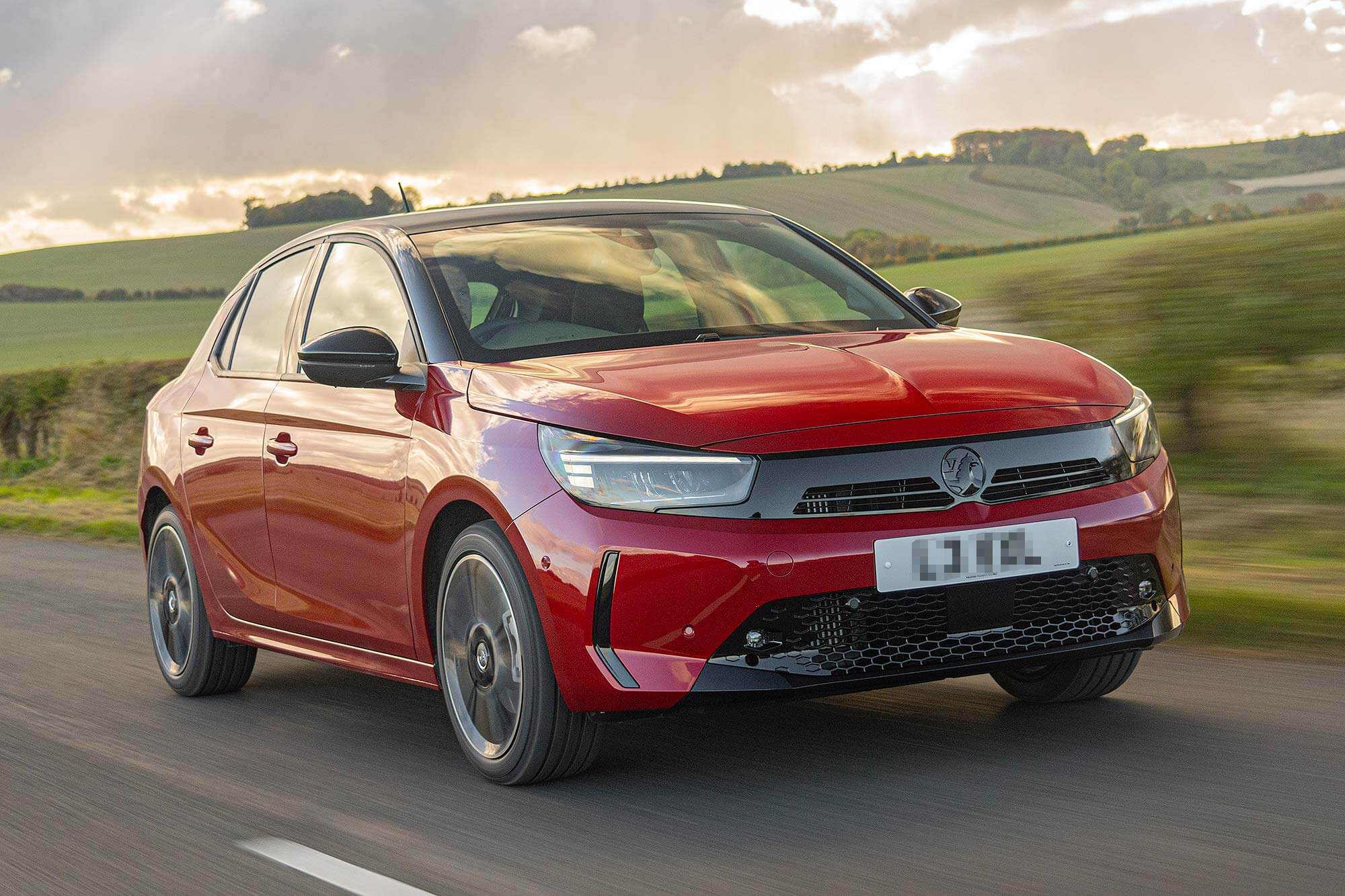Regenerative braking helps electric vehicles (EVs) and hybrid cars to recover and store energy that would otherwise be lost. But how does it work and how can you make the most of it while driving? Independent motoring expert Richard Aucock explains all.
If you are researching a new electric, hybrid, or plug-in hybrid car, you may have seen the term ‘regenerative braking’ being mentioned. In simple terms, this is a way for a car to recover energy normally lost during braking. It is then used to charge up the car’s battery. Regenerative braking is effectively a way of generating ‘free electricity’ for your car.
By harvesting energy normally lost when you lift off the accelerator or press the brake pedal, regenerative braking can extend the range of electric cars (also known as EVs). It also means hybrids and plug-in hybrids can run more frequently in electric mode, with the engine turned off, which saves fuel and money.
The really clever thing about regenerative braking is that it’s fully automatic. The car does all the work, so you don’t have to worry about it. Indeed, you probably won’t even notice it. The benefits will come in terms of fewer stops to charge up the battery or fill the fuel tank.
How does regenerative braking work?
In a regular car, pressing the brake pedal sees a pad pressed against a disc or drum using hydraulic fluid. This is called friction braking and slows your car by turning forward motion into heat. By its nature, this is wasteful and inefficient, as all the kinetic energy of your car is lost.
Regenerative braking slows your car down by using the electric motor rather than the brake discs. Instead of driving the car forward, the direction the motor spins is reversed, creating resistance. This not only slows the car down but, as the motor becomes a generator, kinetic energy is ‘regenerated’ into electricity and then stored in the battery.
The car’s regular braking system is still in place. For example, if you need to make an emergency stop. But most of the time, your car will slow down using regenerative braking, creating lots of electricity to charge up the battery.
How do you drive a car with regenerative braking?
Regenerative braking works automatically. If you drive an electric or hybrid car, you may not even notice it. The brake pedal will feel the same when you press it. But the car will be slowed down by spinning its electric motor in the opposite direction, rather than by the metal brake discs and pads.
Some cars have a display that shows whether the electric motor is producing or regenerating power. It is fun to watch and helps reveal how regenerative braking works. However, most drivers turn it off and let the car do the work.
Many cars, particularly EVs, allow owners to vary the intensity of regenerative braking. Sometimes there is a ‘B’ (for ‘brake’) mode on the gear shifter. Other cars have ‘+’ and ‘-‘ paddles on the steering wheel to adjust the braking effect. Rather than pressing the brake pedal, it means drivers can simply lift off the accelerator to feel the car slow down.
Some car manufacturers even say their electric cars offer ‘one-pedal driving’. The Nissan ‘e-Pedal’ is one example of this. It provides a powerful form of regenerative braking that allows drivers to vary their speed by the accelerator pedal alone. As they ease off, the car slows down and if they lift off completely, it can slow to a complete stop.
One-pedal driving takes some getting used to, but it can be an excellent convenience feature. It also ensures regenerative braking is always recovering the maximum amount of energy to store in the battery, which helps to improve EV range.
What are the benefits of regenerative braking?
The main benefit of regenerative braking is to charge up the batteries of an electric car or hybrid. This extends the miles that can be driven in pure electric mode.
For hybrid cars, the batteries are charged entirely through regenerative braking – these are also known as ‘self-charging hybrids’ as they don’t need to be plugged in, boosting convenience. They are often able to drive for more than half the time in electric mode, which cuts emissions and delivers great fuel economy.
Regenerative braking means less wear on the metal brake pads and discs themselves. This is better for the environment, and means your car wheels won’t become covered in ugly black brake dust so quickly!
Once you’re used regenerative braking, speeding up and slowing down starts to feel more fluid. This makes for a smoother driving experience. Mastering one-pedal driving also means your right foot will move between the accelerator and brake pedal less often, helping to make long trips less tiring.
Now you know how regenerative braking works, see what you think by taking a test drive in a new electric, hybrid, or plug-in hybrid car. I think you will be impressed by how seamless the technology is. You can expect to start saving money, both in terms of electricity and fuel costs.
Watch the Motability Scheme’s episode 2 of the ‘Charge up your knowledge’ series, where they share Scheme customers’ experiences using regenerative braking.
Want to learn more about EVs? Sign up to the Motability Scheme’s EV email series.
![]()





